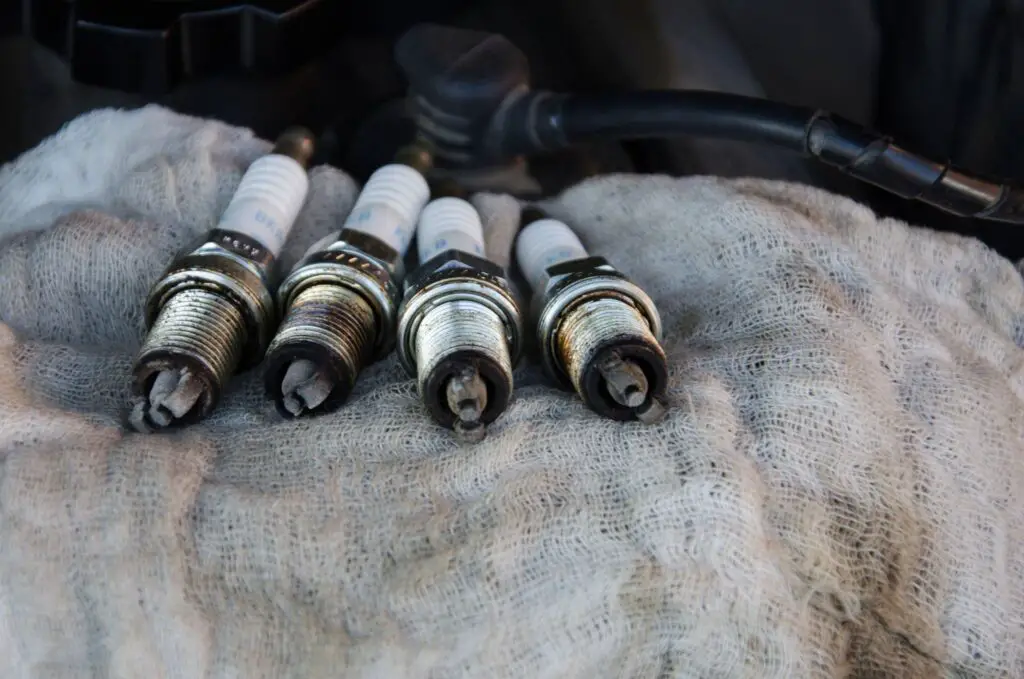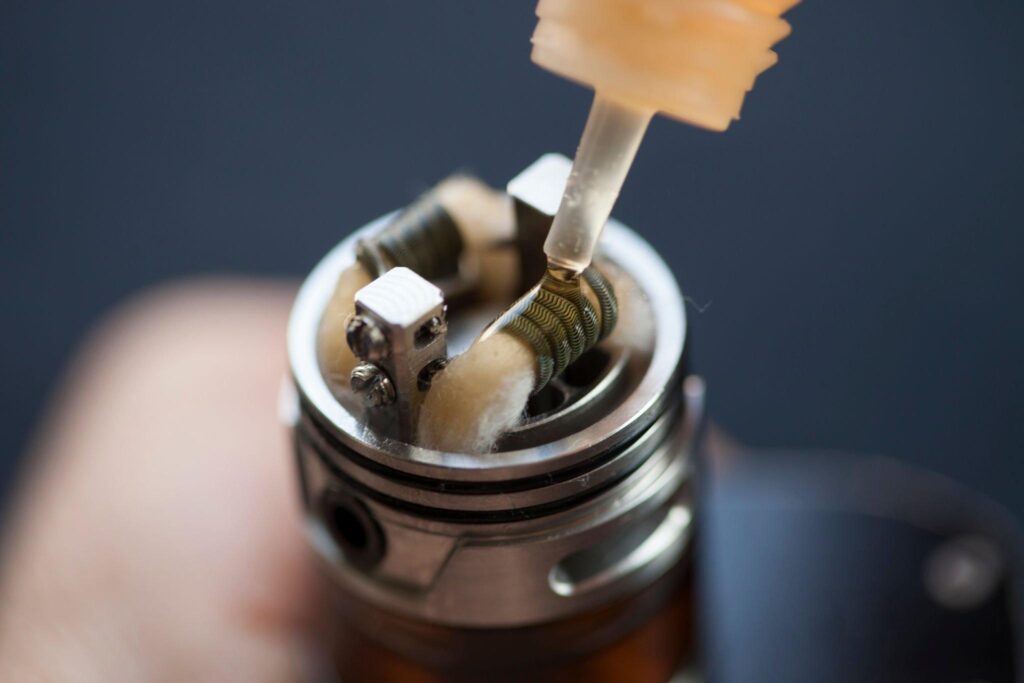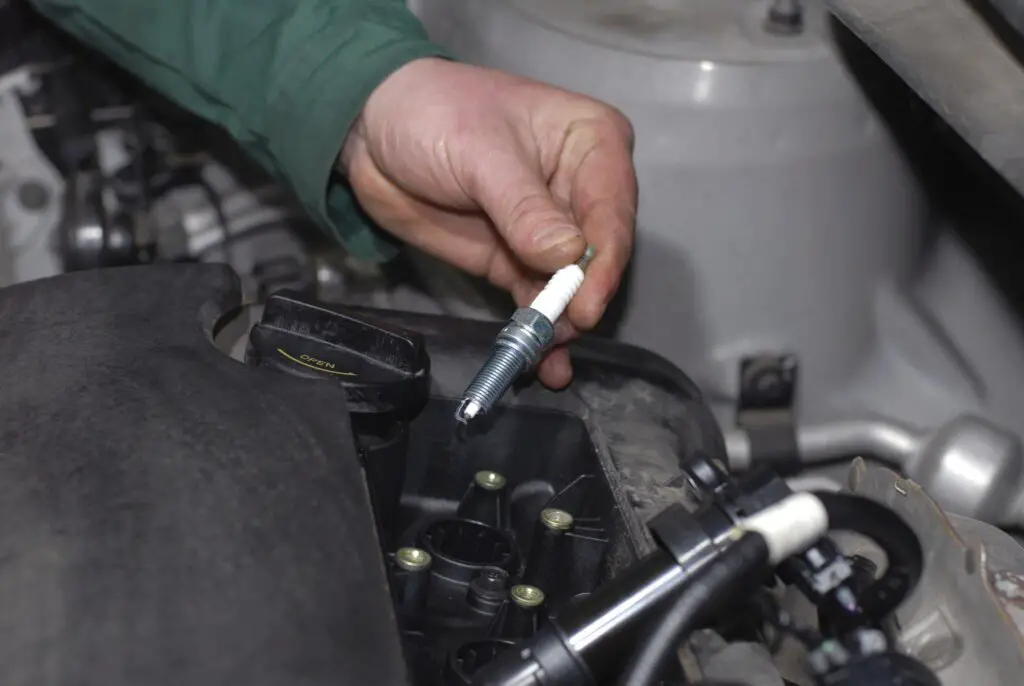If you’re wondering where to put dielectric grease on spark plugs for the best results, you’ve come to the right place. Dielectric grease is a type of silicone-based lubricant that helps protect electrical connections from corrosion, moisture, and other contaminants. When applied correctly, the grease can improve the performance of your spark plugs and extend their lifespan.
Here, we’ll provide you with a comprehensive guide on using dielectric grease for the best results. We’ll explain why it is important for spark plug maintenance and provide step-by-step instructions on how to apply it correctly.
What is Dielectric Grease?

Dielectric grease is a silicone-based lubricant used to protect electrical connections from corrosion, moisture, and contaminants. It’s commonly used in the automotive, marine, and aerospace industries to protect spark plugs from damage caused by water and dust.
By applying this grease to spark plugs, it creates a barrier between the electrical connection and the elements, preventing misfires and engine damage. It’s also used to lubricate and protect electrical connectors, battery terminals, and other components in harsh environments.
Whether you’re working on an engine or electrical system, using dielectric grease can help avoid costly repairs. So, make sure to understand the benefits of this and how to use it correctly for optimal performance.
Why Use Dielectric Grease on Spark Plugs?

Using dielectric grease can help to prevent these issues and improve engine performance. Here are some of the benefits of using it on spark plugs:
- Improved performance: By creating a consistent electrical flow, the grease can help to reduce misfires, improve fuel efficiency, and extend the life of the spark plug.
- Prevent engine damage: Moisture and other contaminants can cause corrosion and other damage to the engine over time. By using the grease, you can prevent these issues and avoid costly repairs down the line.
- Simplified maintenance: When it’s time to replace the spark plug, dielectric grease can be easily wiped away, allowing for a clean and easy replacement process.
Using dielectric grease is a simple and effective way to maintain your engine’s performance and prevent damage. By applying this grease correctly, you can extend the life of your plugs and keep your engine running smoothly.
When Should You Use Dielectric Grease on Spark Plugs?
Here are some situations where it’s recommended to use the grease:
During regular maintenance: If you’re replacing the spark plugs as part of your regular maintenance routine, it’s a good idea to use it to protect the new plugs.
After cleaning the spark plug wells: If you’ve removed the spark plugs to clean the wells, it’s a good opportunity to apply dielectric grease to the new or cleaned plugs before reinstalling them.
When installing new spark plug wires: When installing new spark plug wires, it’s recommended to apply a small amount of dielectric grease to the wire terminals and the spark plug boots to prevent corrosion and ensure a secure connection.
When working in a wet environment: If you’re working in a wet environment, such as during a rainy day, it’s recommended to apply the grease to the spark plugs to prevent moisture from entering the electrical connection.
In general, using the grease on spark plugs is a good idea whenever you want to protect the electrical connection and prevent damage to the engine. By applying this correctly and at the right times, you can ensure that your spark plugs and engine are functioning at their best.
Where to Put Dielectric Grease on Spark Plugs?

When it comes to protecting your engine’s spark plugs from moisture and dirt, this grease can be a lifesaver. But figuring out where to put it can be a bit of a challenge. To get the most out of your dielectric grease, it’s important to know the key areas where it should be applied. Here are the details:
On the spark plug boots: Before installing the spark plug boot over the spark plug, it’s a good idea to apply a small amount of grease to the inside of the boot. This will help to create a tight seal and keep out moisture and dirt.
On the ceramic insulator: The white ceramic part of the spark plug that’s visible outside the engine can be coated with a small amount of grease to prevent debris from sticking and interfering with the electrical connection.
On the threads of the spark plug: While not strictly necessary, applying a small amount of anti-seize compound to the threads of the spark plug can make it easier to remove the plug in the future.
It’s important to be judicious when applying dielectric grease to avoid attracting dirt and other contaminants. Use a small amount only where recommended.
Knowing where to apply dielectric grease can help ensure that your engine’s spark plugs are protected and working at their best. So, take a few minutes to apply the grease in the right places, and enjoy better engine performance and longevity!
How to Apply Dielectric Grease on Spark Plugs?

Applying grease to spark plugs is a simple process that can improve engine performance and prevent damage. Here are the steps to follow:
Step 1. Clean the spark plug: Before applying this, make sure the spark plug is clean and free of debris. Use a wire brush or compressed air to remove any dirt or other contaminants.
Step 2. Apply a small amount of grease to the spark plug boot: Using a clean cloth or your finger, apply a small amount of grease to the inside of the spark plug boot. Be careful not to apply too much, as excess grease can attract dirt and other contaminants.
Step 3. Apply a small amount of grease to the ceramic insulator: Using a clean cloth or your finger, apply a small amount of dielectric grease to the exposed ceramic insulator. Again, be careful not to apply too much.
Step 4. Insert the spark plug into the engine: Carefully insert the spark plug into the engine, making sure not to overtighten it. Overtightening can damage the spark plug or the engine’s threads.
Step 5. Repeat for each spark plug: Repeat the process for each spark plug, making sure to use a small amount of dielectric grease on each one.
Step 6. Clean up: Once you’ve applied the grease to all of the spark plugs, clean up any excess grease using a clean cloth or paper towel. Be sure not to leave any grease on the engine or other components.
It’s important to note that while dielectric grease can improve engine performance and prevent damage, it should be used sparingly. Applying too much grease can actually attract dirt and other contaminants, causing more harm than good. When applying dielectric grease to spark plugs, be sure to use only a small amount on the recommended areas.
By following these simple steps, you can apply dielectric grease to your plugs and help ensure that your engine performs at its best.
FAQ About Dielectric Greace on Spark Plugs
Can You Use Too Much Dielectric Grease on Spark Plugs?
Yes, you can use too much dielectric grease on spark plugs. Overuse of the grease can attract dirt and debris, leading to potential damage to the engine’s components. Therefore, it’s recommended to use a small amount of grease on the recommended areas.
Can You Use Dielectric Grease on Other Car Parts?
Yes, dielectric grease can be used on other car parts such as battery terminals, electrical connectors, and switches. The grease helps to protect the parts from moisture and corrosion, improving their longevity and performance.
Can You Use Dielectric Grease on Spark Plug Boots?
Yes, dielectric grease can be used on spark plug boots. Applying a small amount of the grease on the inside of the boot and the ceramic insulator can help improve the performance of the engine and protect the spark plug from damage.
How Long Does Dielectric Grease Last on Spark Plugs?
It can last for several years on spark plugs, depending on the quality of the grease and the operating conditions of the engine. However, it’s recommended to inspect the spark plugs regularly and reapply the grease if necessary.
What are the Alternatives to Dielectric Grease?
Some alternatives to dielectric grease include petroleum jelly, silicone grease, and lithium grease. However, it’s important to note that these alternatives may not provide the same level of protection as dielectric grease, and they may not be compatible with certain materials.
What Happens if You Don’t Use Dielectric Grease on Spark Plugs?
If you don’t use dielectric grease on spark plugs, you may experience reduced engine performance, misfires, and damage to the plugs and other engine components. The grease helps to protect the spark plug from moisture, dirt, and other contaminants, improving its performance and longevity.
How to Tell if You Need to Replace Your Spark Plugs?
Some signs that indicate you need to replace your spark plugs include rough engine idling, difficulty starting the engine, reduced fuel efficiency, and engine misfires. It’s recommended to inspect the plugs regularly and replace them if necessary.
How to Remove Dielectric Grease from Spark Plugs?
To remove dielectric grease from spark plugs, you can use a degreaser or brake cleaner and a wire brush. Apply the degreaser to the affected area and scrub gently with the wire brush. Then, rinse the area with water and dry it thoroughly.
Can Dielectric Grease Cause Misfires?
No, dielectric grease cannot cause misfires. The grease is designed to improve the performance of the spark plug and protect it from damage. However, using too much grease or applying it incorrectly can cause problems, so it’s important to follow the manufacturer’s instructions when using the grease.
Final Thought
Knowing where to put dielectric grease on spark plugs can be the key to unlocking optimal engine performance and longevity. By applying the grease to the spark plug boots and ceramic insulator, you can protect your plugs from damage and ensure that they function at their best. Remember to use the grease on your plugs during their next replacement for long-lasting benefits. With these simple steps, you can keep your engine running smoothly and efficiently for years to come.
Related Topic:
- When to Use White Lithium Grease on Rubber Bushings
- How To Remove Grease From Hands And Nails
- Where to Put Dielectric Grease on Spark Plugs
- What Happens If You Don’t Grease Brake Pads
- Different Types of Grease
- Can You Use Dielectric Grease on Brake Caliper Pins
- White Lithium Grease vs WD-40
- Is Red and Tacky Grease Good for Wheel Bearings
- what happens if you don’t grease your ball joints


